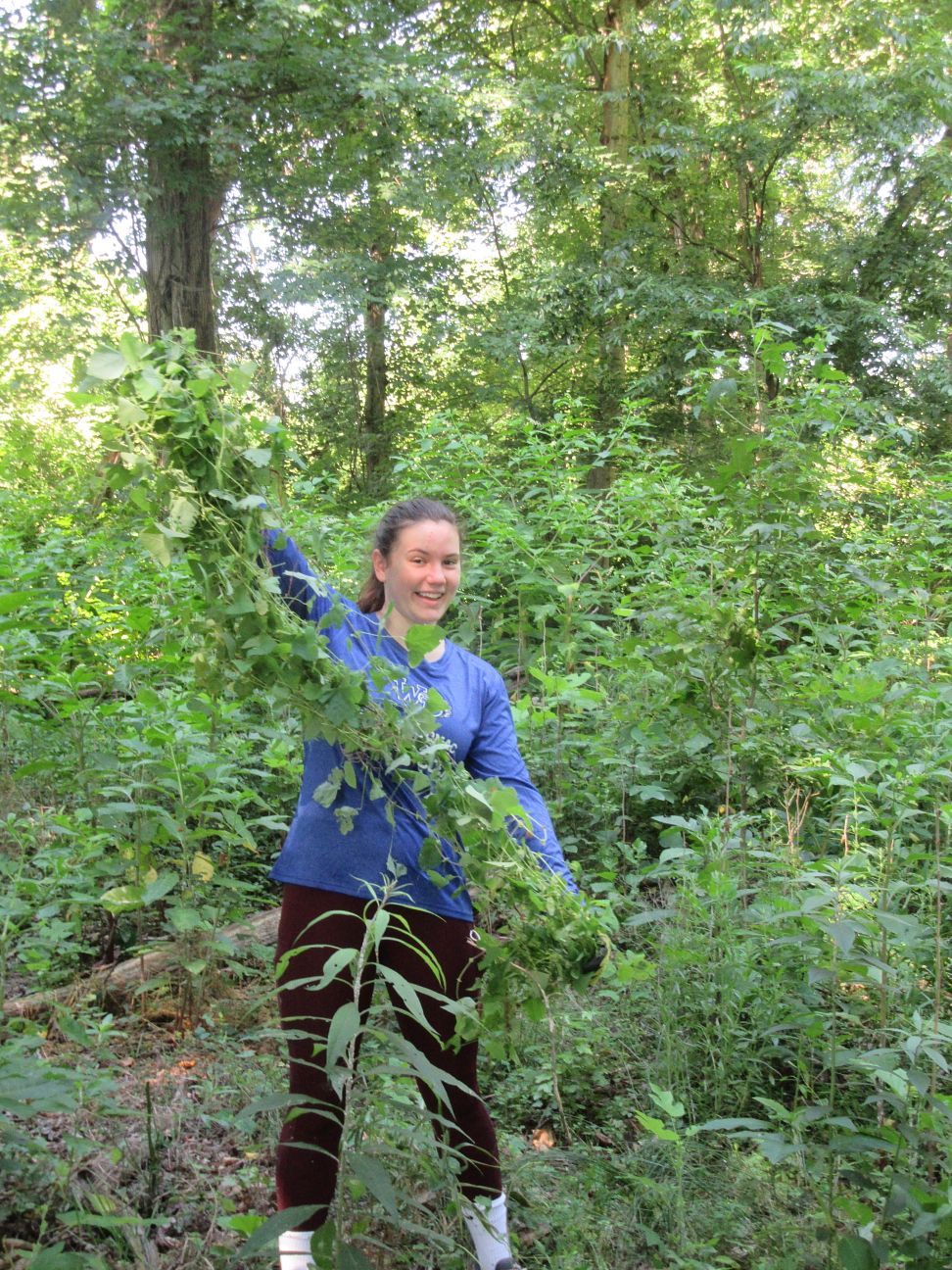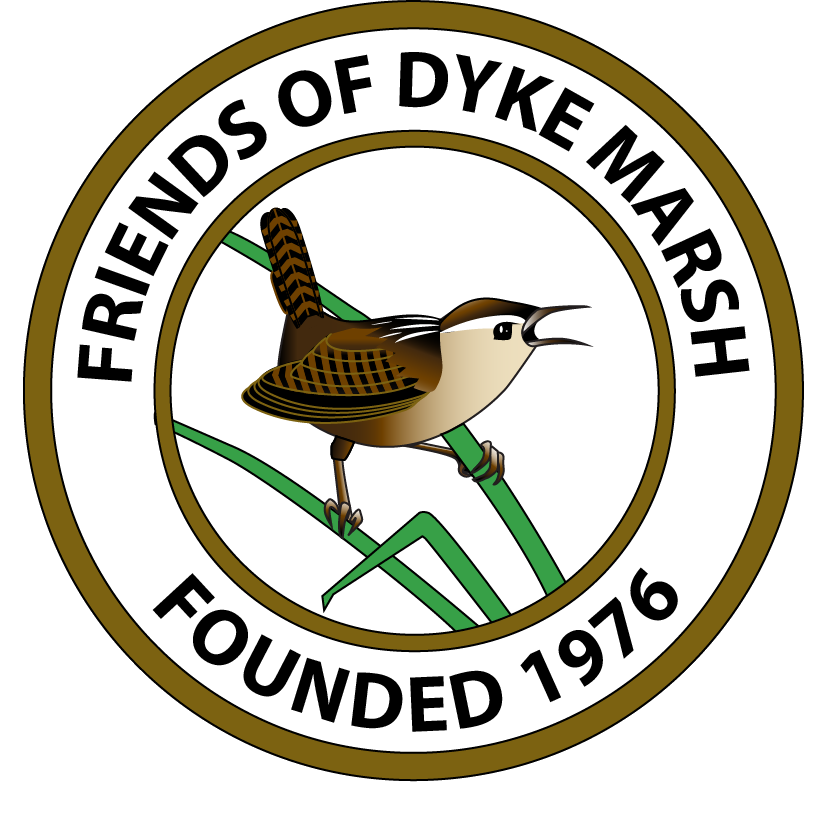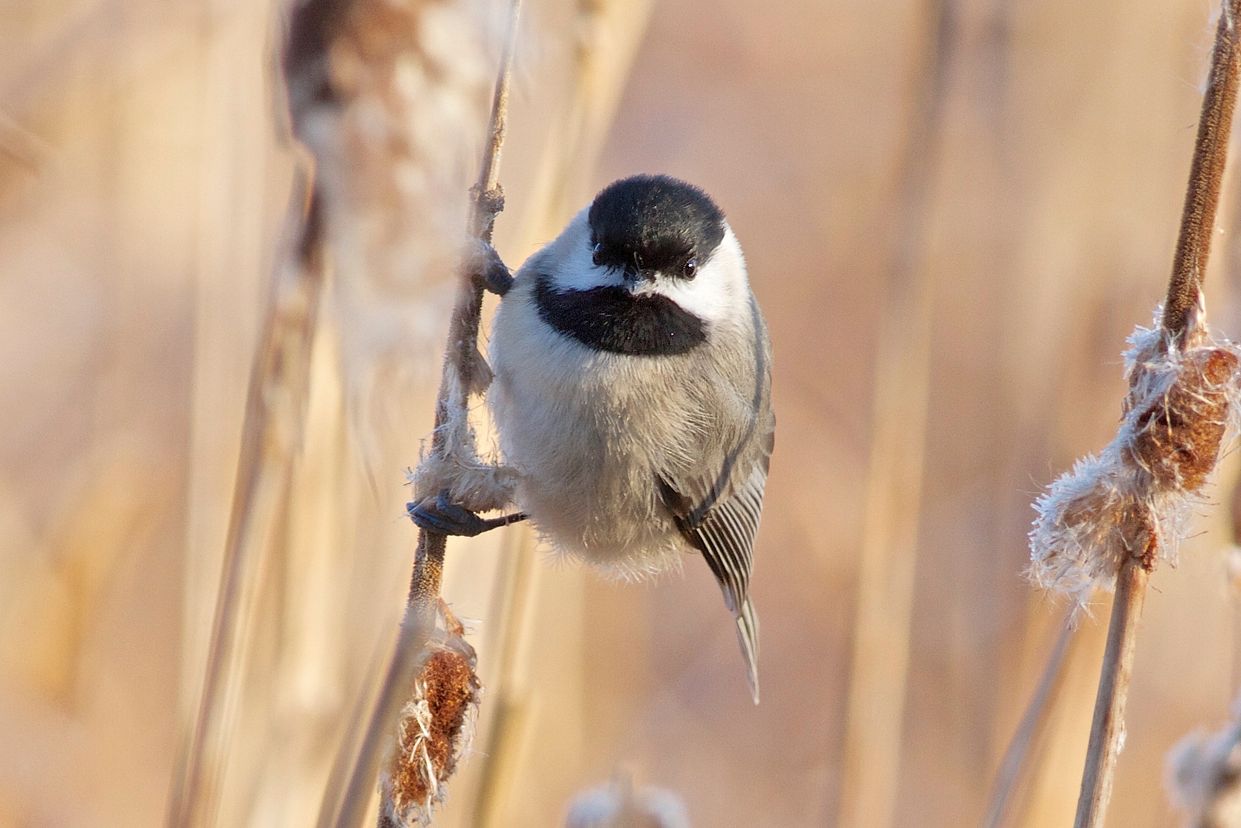
Why Plant Native Plants?
“Plants and animals evolve together to create unique natural communities, weaving a complex web of interrelationships,” according to the Virginia Department of Conservation and Recreation.
Native plants provide nectar, pollen, and seeds for birds, butterflies, bees, and wildlife. Many insects rely on specific “host plants” for survival.
At FODM’s 2018 meeting, Dr. Desiree Narango explained that native plants support more caterpillars than non-natives. A chickadee pair needs up to 570 caterpillars daily to feed their young.
Native plants enhance landscape functionality, control erosion, retain stormwater, and improve air and soil quality. A diversity of plants helps regulate pest populations.
In 2018 and 2019, thanks to over 40 volunteers, National Park Service staff, three grants, and many generous donors, the Friends of Dyke Marsh and partners cleared a 0.065-acre area heavily infested with invasive plants. In its place, we planted over 4,000 native trees and plants, aiming to restore degraded habitat and support native wildlife. Today, we estimate that about 80% of those plants and trees have survived — a testament to the resilience of nature and the dedication of our community.
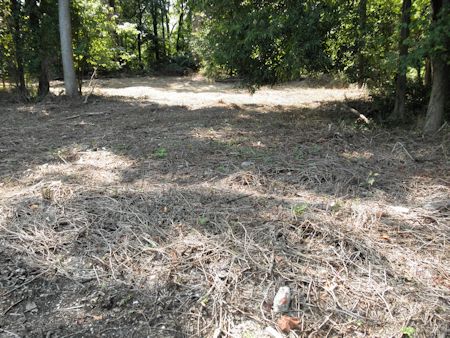
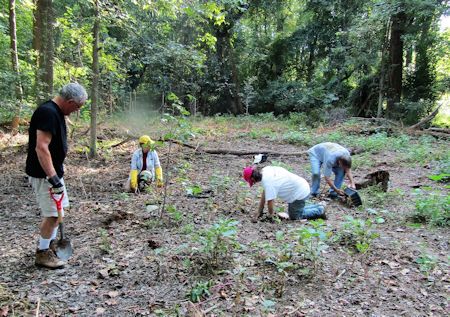
Clearing the Way for Native Plants
Porcelainberry (Ampelopsis brevipedunculata) had overtaken much of the area, outcompeting native species. With concerted effort, this invasive plant and others were removed. The National Park Service and FODM created a demonstration plot, transforming the once-overgrown space into a thriving native habitat.
In October 2018, volunteers planted about 300 native plants. One year later, in October 2019, another 400 native plants were added with help from FODM and National Park Service staff. Since then, we’ve watched many of these species flourish — some naturally returning from the seed bank, including pokeweed (Phytolacca americana) and yellow passion flower (Passiflora lutea).

Ironweed (Vernonia gigantea) has done well.
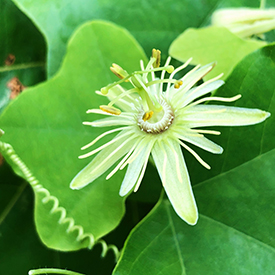
Yellow passion flower (Passiflora lutea) returned from the seed bank. Photo by Su Kim.
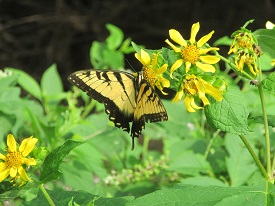
Swallowtail butterfly (Pterourus glaucus) on bear’s foot (Smallanthus uvedalius).

Joe-pye weed (Eupatoriadelphus fistulosus) thrives in summer.

Pokeweed (Phytolacca americana) berries turn dark purple in fall.
Partners and Grants
Our partners include the National Park Service, Earth Sangha, and Audubon Society of Northern Virginia. Grants came from ASNV, the National Environmental Education Foundation, and Transurban.
Controlling Invasive Plants
Volunteers work to control invasives like stiltgrass, porcelainberry, and English ivy. These plants outcompete natives and spread rapidly without natural controls. Douglas Tallamy in Bringing Nature Home highlights their impact.
Learn more: Mid-Atlantic Plant Invaders, Plant NOVA Natives, Virginia Native Plant Society.
We welcome volunteers! To help, click the links below or email info@fodm.org.
